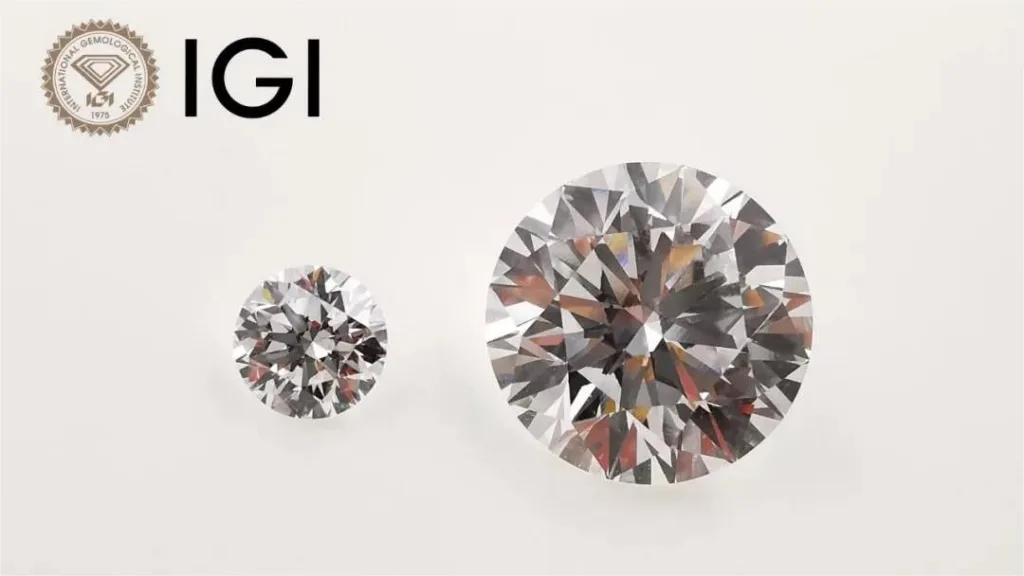Identifying lab-grown diamonds (also known as synthetic or man-made diamonds) from natural diamonds can be challenging because they have nearly identical physical and chemical properties. However, several machines and techniques can be used to distinguish between the two:
DiamondView: DiamondView is a tool that uses ultraviolet (UV) fluorescence to identify potential lab-grown diamonds. Some lab-grown diamonds exhibit different fluorescence patterns compared to natural diamonds.
Spectrometers: Raman and FTIR (Fourier-transform infrared) spectrometers can help determine a diamond’s origin by analyzing its infrared and vibrational spectroscopy patterns. These patterns can vary slightly between natural and lab-grown diamonds.
X-ray Fluorescence (XRF): XRF machines can measure the trace elements and impurities present in a diamond. Natural and lab-grown diamonds may have different impurity profiles.
Luminescence Imaging: Advanced imaging techniques, such as photoluminescence (PL) and cathodoluminescence (CL), can reveal growth patterns and features unique to lab-grown diamonds. These patterns can be used to distinguish them from natural diamonds.
Ultraviolet (UV) Absorption: UV absorption spectroscopy can detect subtle differences in the UV absorption properties of diamonds, which may help in distinguishing between natural and lab-grown diamonds.
Diamond Type: Diamonds are categorized into Type I and Type II based on the presence of nitrogen and boron impurities. Some lab-grown diamonds may exhibit a different Type classification compared to natural diamonds.
Synthetic Diamond Detector (e.g., DiamondSure): Handheld devices like the DiamondSure can quickly screen diamonds and provide indications of whether they are likely natural or lab-grown.
Gemological Training: Gemologists, with extensive training and experience, can often identify lab-grown diamonds through visual inspection and other gemological tests. However, this method may not be foolproof.
It’s important to note that no single method is 100% reliable, and a combination of these techniques is often used to make a definitive determination. Additionally, the technology for creating lab-grown diamonds is continually evolving, so the methods for detecting them may also need to evolve to keep pace with advancements in diamond production. Consulting with a certified gemologist or using specialized gem-testing equipment is advisable when in doubt about the authenticity of a diamond.




